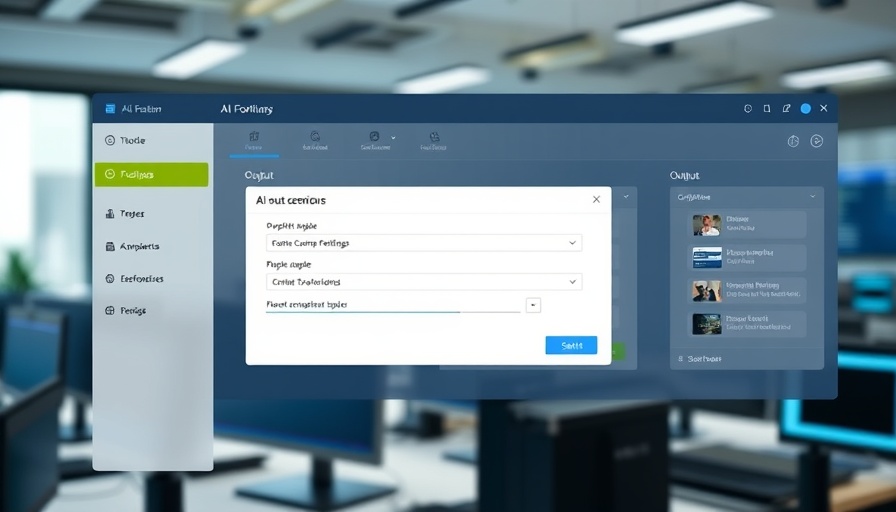
Understanding Customer Support Software in 2025
As businesses navigate an increasingly competitive landscape, exceptional customer service is no longer a luxury—it’s a necessity. In 2025, the landscape of customer support software is poised to prioritize automation, personalization, and integration. The complexity of customer interactions calls for tools that not only streamline processes but enhance the overall customer experience. Marketing professionals must employ effective customer service software to meet the evolving expectations of their clients.
The Best Help Desk Software to Consider
When searching for the right tools to elevate your customer support game, it’s essential to understand the standout platforms that have emerged this year. Here are some of the top contenders that have proven beneficial for various business needs:
- Zendesk for Service: Renowned for its extensive customization options, Zendesk allows businesses to tailor their support processes to unique needs.
- Help Scout: Ideal for small teams, this app promotes team collaboration by providing a shared inbox, making client interactions seamless.
- Intercom: Offering a premium customer experience, Intercom stands out with its conversational marketing features, driving engagement.
- Zoho Desk: With impressive AI features, Zoho provides intelligent solutions to customer queries, reducing resolution time.
- Freshdesk: Known for its excellent ticketing system, Freshdesk helps ensure timely responses and organized support processes.
- Re:amaze: This platform is specifically beneficial for eCommerce businesses, offering tools tailored to enhance online sales support.
- HubSpot Service Hub: As part of the CRM suite, this integrates deeply with sales and marketing efforts, providing a comprehensive view of customer interactions.
- Hiver: This tool stands out for integrating with Gmail, allowing teams to manage support queries directly through shared inboxes.
- HelpCrunch: Budget-friendly and rich in automation features, HelpCrunch is ideal for startups looking to maximize efficiency.
What Makes a Great Customer Service Application?
Not all help desk applications are created equal. To understand what makes a software solution truly great, it is crucial to identify the foundational features:
- Essential Features: A strong customer support software must offer a ticketing system, a shared inbox, self-service options, and live chat capabilities. These fundamental elements ensure a robust support system.
- Automation Capabilities: The role of automation in customer support has expanded. From simple macros for repetitive tasks to AI-driven chatbots, the ability to automate interactions is essential for efficiency.
- User Feedback: Innovative solutions often come forth through marketplace testing. User experience research provides insight into what genuinely enhances customer satisfaction and team productivity.
The Future of Customer Support Tools
As we look toward the horizon, several trends are defining the trajectory of customer support software:
- AI and Machine Learning: AI continues to revolutionize customer interactions. Utilizing predictive analytics can help tailor support strategies to individual client needs, leading to increased satisfaction.
- Personalization: Companies must adapt to a more personalized approach in customer service. Tools that facilitate tailored responses to customer inquiries will see significant adoption.
- Integration Across Platforms: The ability to seamlessly connect with multiple platforms—notably CRMs—ensures that customer service representatives have all necessary information at their fingertips.
Concluding Insights
Investing in the right customer support software is critical in 2025. As the demands of customers evolve, marketing professionals must stay ahead by utilizing tools that empower their teams and enhance service efficiency. Explore the options listed above and determine the best fit for your organization’s requirements. Your commitment to improving customer service can ultimately translate into increased loyalty and satisfaction, driving growth for your business.
 Add Row
Add Row  Add
Add 




Write A Comment